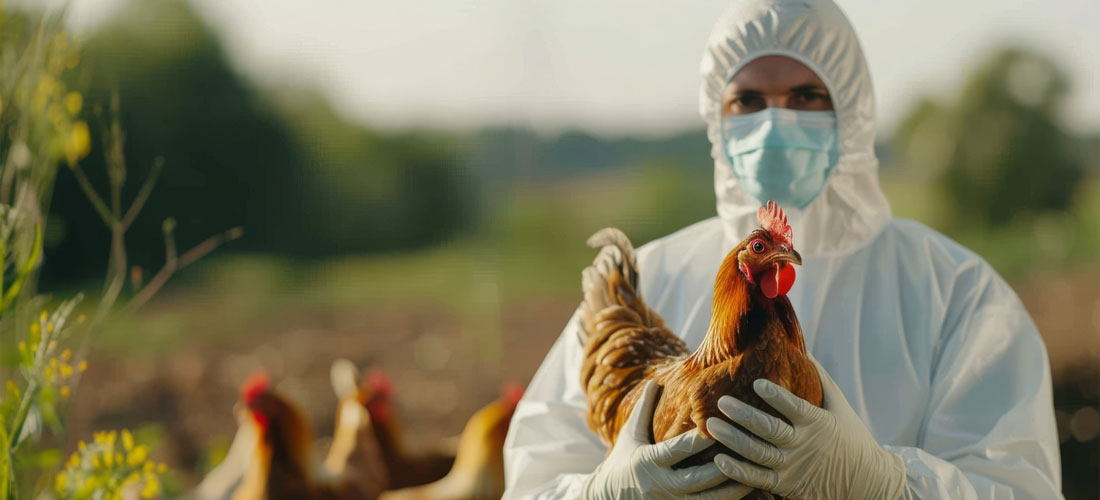Antibiotic use in veterinary and agricultural settings refers to the administration of antimicrobial agents to animals for therapeutic, prophylactic, metaphylactic, or growth-promoting purposes. While vital for animal health and food production, such use significantly contributes to the emergence and spread of antimicrobial resistance (AMR), posing a risk to both animal and human health.

The intersection of animal health, agriculture, and antimicrobial stewardship is a critical focal point in the global battle against AMR. Antibiotic use in livestock, poultry, aquaculture, and even crop production has raised significant public health concerns due to the potential for cross-species transmission of resistant pathogens through direct contact, food chains, and the environment.
This session will highlight the current trends, regulations, challenges, and innovations in managing antibiotic use in animal and agricultural sectors. It will emphasize the need for One Health approaches that integrate human, animal, and environmental health.
Key session themes:
- Patterns and drivers of antibiotic use in livestock and aquaculture
- Impact of non-therapeutic antibiotic use on resistance development
- Surveillance systems for antimicrobial usage and resistance in animals
- Alternatives to antibiotics: probiotics, prebiotics, vaccines, and plant-derived antimicrobials
- Environmental dissemination of antimicrobial residues and resistant genes
- Global and national policy frameworks (e.g., WHO, FAO, OIE guidelines)
- Farmer education and veterinary training in antimicrobial stewardship
- Integrated One Health strategies to reduce AMR from farm to fork
This session invites veterinarians, microbiologists, food safety experts, public health researchers, policy makers, and One Health advocates to collaborate on sustainable solutions to protect human and animal health.